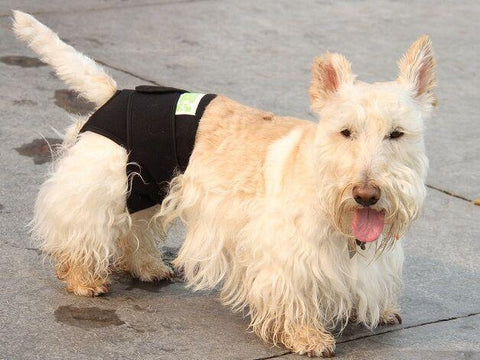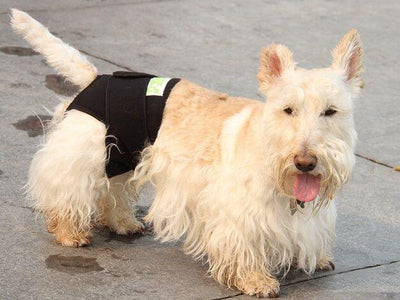Understanding and Addressing Seasonal Depression in Dogs
As we transition into the colder months and find ourselves spending more time indoors, it's crucial to consider the impact of changing seasons on our four-legged companions. Just as humans can experience shifts in mood and well-being due to dwindling daylight and plummeting temperatures, dogs too can undergo seasonal changes in their emotional state, a phenomenon known as "seasonal depression."
Yes, you read that correctly – dogs can indeed experience seasonal depression, much like humans. While the concept of dogs battling depression may seem unusual to some, it is a very real concern that deserves our attention. In this article, we will dive deeper into the topic, providing you with a comprehensive understanding of seasonal depression in dogs and practical steps to address it.
Recognizing Signs of Seasonal Depression in Dogs
A dog experiencing seasonal depression may exhibit various subtle signs that are crucial to detect for early intervention. Here are some common indicators to watch for:
1. Withdrawal: Your dog may become withdrawn, displaying less enthusiasm for play and activities they usually enjoy. This withdrawal might manifest as increased lethargy and a potential loss of appetite. In severe cases, some dogs may even lose interest in food altogether.
2. Restlessness: On the other hand, your dog might exhibit restlessness, engaging in unusual behaviors that deviate from their typical conduct. This restlessness can include excessive chewing, pacing, or other atypical actions.
3. Changes in Sleep Patterns: Seasonal depression can disrupt your dog's sleep patterns. They may sleep more than usual or struggle with insomnia, which can further contribute to their emotional distress.
4. Increased Anxiety: Dogs suffering from seasonal depression may display heightened anxiety. This can lead to behaviors such as excessive barking, whining, or trembling.
5. Social Withdrawal: Some dogs may withdraw from social interactions, avoiding other pets or family members. They may prefer solitude and isolation during this period.
Addressing Seasonal Depression in Your Dog
Now that you understand the signs of seasonal depression in dogs, let's discuss practical steps you can take to alleviate your furry friend's emotional struggles:
1. Increase Light Exposure: With the arrival of Fall, there is a decrease in daylight, leading to higher melatonin production in both humans and dogs. Melatonin can contribute to lethargy and low energy levels. To combat this, ensure your dog's environment is well-lit. Open blinds during the day, use lamps to create a brighter atmosphere indoors, and consider investing in full-spectrum light bulbs to mimic natural daylight.
2. Outdoor Activities: Despite the colder weather, it's essential to maintain a regular outdoor routine with your dog. The shorter days and longer nights of Fall and Winter mean less outdoor time for both of you. Make the most of available sunlight by taking your dog for walks, engaging in outdoor play, or exploring dog-friendly parks. This exposure to natural light can help regulate their internal clock and mood.
3. Utilize Helpful Aids: Consider using specialized products designed to make your dog more comfortable during the colder months. For smaller or cold-sensitive dogs, warming vests or warming pads can provide much-needed warmth and comfort.
4. Spend Quality Time Together: Dedicate more time to bonding with your dog. While simply being together is beneficial, actively engaging in indoor playtime can be even more rewarding. Play interactive games, teach new tricks, or provide puzzle toys to stimulate their mind and alleviate boredom. Get the kids involved too!
5. Consider Traveling Together: If you're planning a vacation, think about bringing your dog along whenever possible. Being left alone during the dark months of Fall and Winter can intensify feelings of isolation. Traveling with your furry companion can help them feel more secure and connected.
Armed with a deeper understanding of seasonal depression in dogs and a range of tools and strategies to address this issue, you can ensure your pet's well-being during the changing seasons. Your compassion and attentive care will undoubtedly make a significant difference in helping your dog navigate the challenges of Fall and Winter while ensuring a happier, healthier, and more emotionally balanced furry friend.















Leave a comment